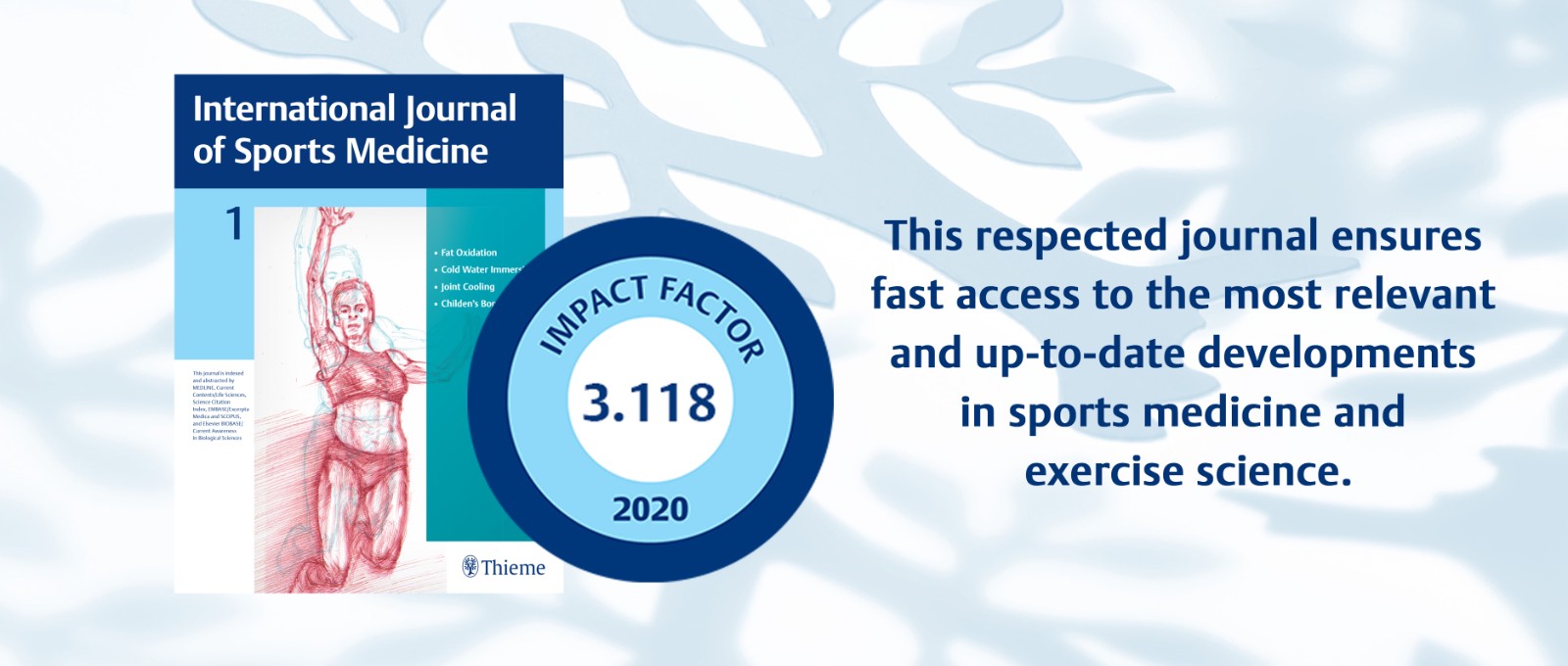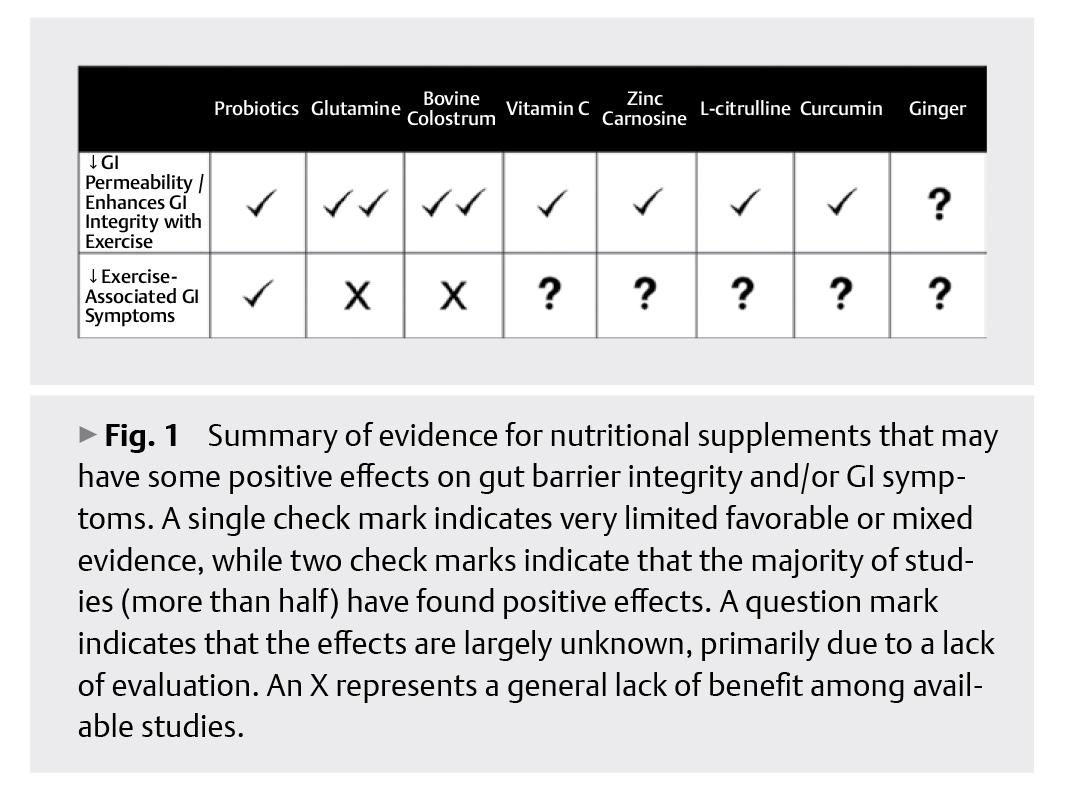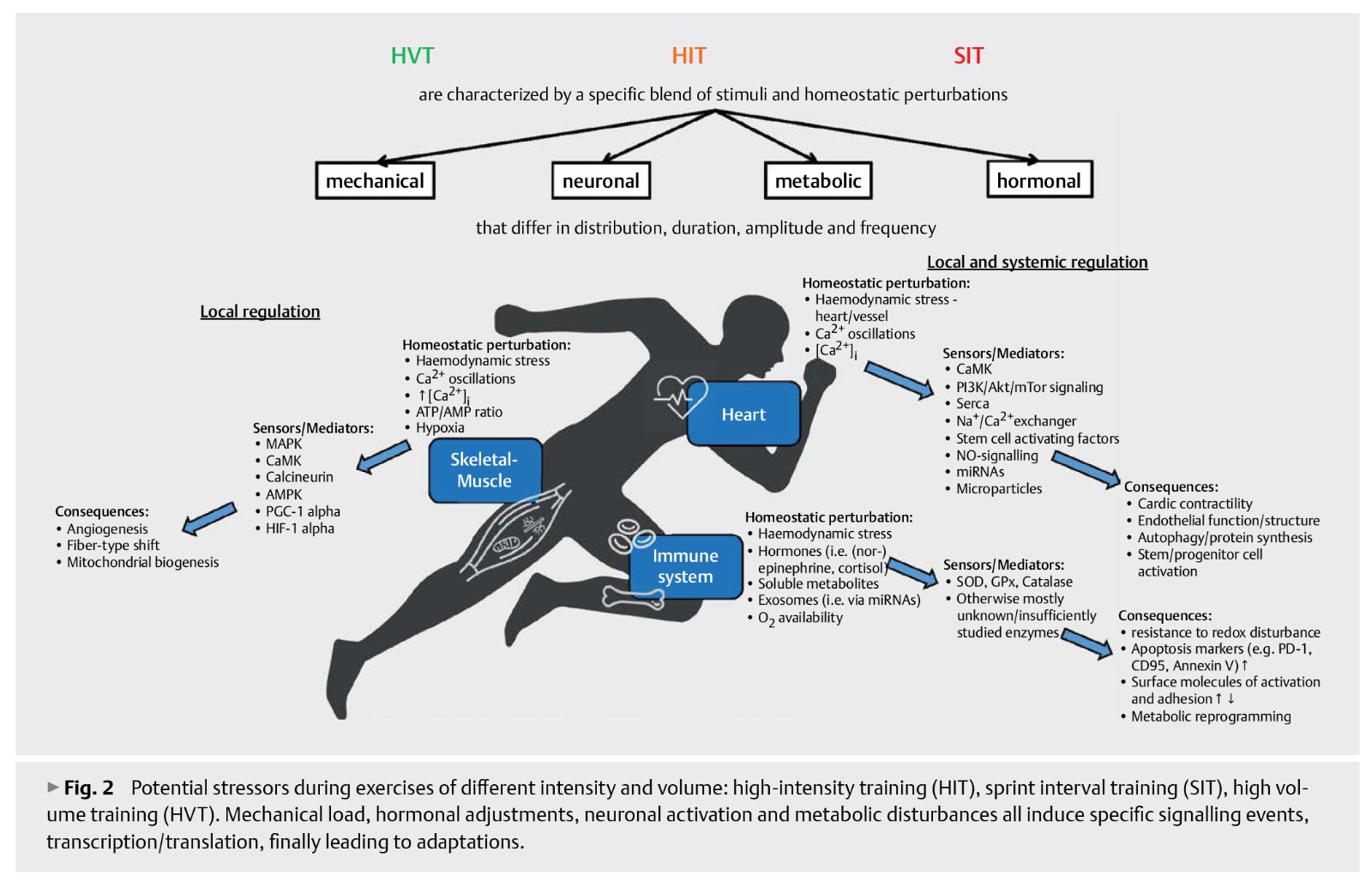

Free Content
Review
Patrick Wilson

Vigorous or prolonged exercise poses a challenge to gastrointestinal system functioning and is associated with digestive symptoms. This narrative review addresses 1) the potential of dietary supplements to enhance gut function and reduce exercise-associated gastrointestinal symptoms and 2) strategies for reducing gastrointestinal-related side effects resulting from popular sports supplements. Several supplements, including probiotics, glutamine, and bovine colostrum, have been shown to reduce markers of gastrointestinal damage and permeability with exercise. Yet the clinical ramifications of these findings are uncertain, as improvements in symptoms have not been consistently observed. Among these supplements, probiotics modestly reduced exercise-associated gastrointestinal symptoms in a few studies, suggesting they are the most evidenced-based choice for athletes looking to manage such symptoms through supplementation. Carbohydrate, caffeine, and sodium bicarbonate are evidence-based supplements that can trigger gastrointestinal symptoms. Using glucose-fructose mixtures is beneficial when carbohydrate ingestion is high (>50 g/h) during exercise, and undertaking multiple gut training sessions prior to competition may also be helpful. Approaches for preventing caffeine-induced gastrointestinal disturbances include using low-to-moderate doses (<500 mg) and avoiding/minimizing exacerbating factors (stress, anxiety, other stimulants, fasting). Adverse gastrointestinal effects of sodium bicarbonate can be avoided by using enteric-coated formulations, low doses (0.2 g/kg), or multi-day loading protocols.
Review
The Molecular Signature of High-intensity Training in the Human Body
Wahl P et al.

High-intensity training is becoming increasingly popular outside of elite sport for health prevention and rehabilitation. This expanded application of high-intensity training in different populations requires a deeper understanding of its molecular signature in the human body. Therefore, in this integrative review, cellular and systemic molecular responses to high-intensity training are described for skeletal muscle, cardiovascular system, and the immune system as major effectors and targets of health and performance. Different kinds of stimuli and resulting homeostatic perturbations (i. e., metabolic, mechanical, neuronal, and hormonal) are reflected, taking into account their role in the local and systemic deflection of molecular sensors and mediators, and their role in tissue and organ adaptations. In skeletal muscle, a high metabolic perturbation induced by high-intensity training is the major stimulus for skeletal muscle adaptation. In the cardio-vascular system, high-intensity training induces haemodynamic stress and deflection of the Ca 2+ handling as major stimuli for functional and structural adaptation of the heart and vessels. For the immune system haemodynamic stress, hormones, exosomes, and O2 availability are proposed stimuli that mediate their effects by alteration of different signalling processes leading to local and systemic (anti)inflammatory responses. Overall, high-intensity training shows specific molecular signatures that demonstrate its high potential to improve health and physical performance.
